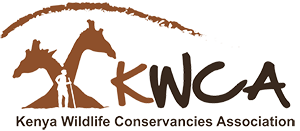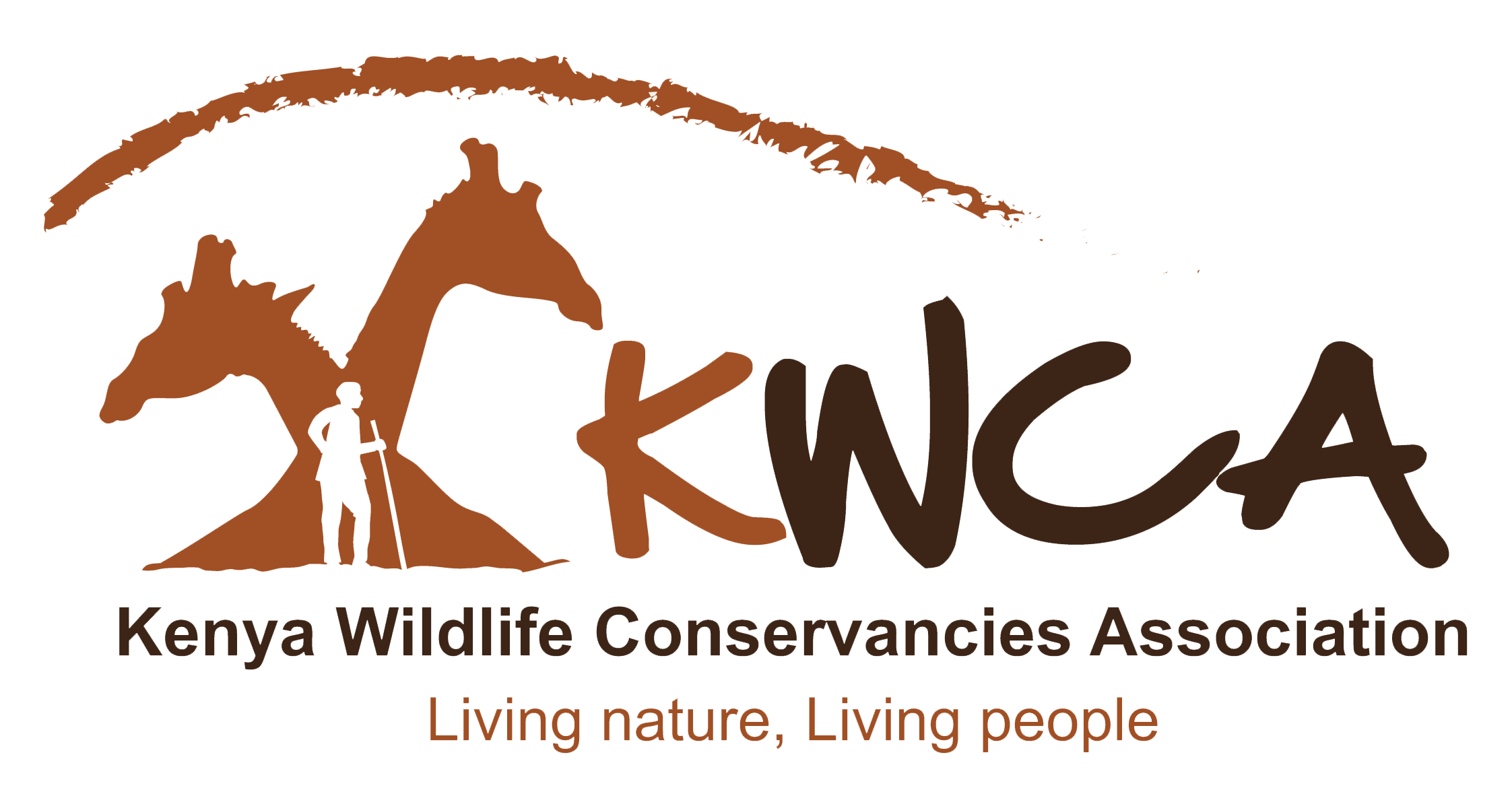1.0 Introduction
Kenya Wildlife Conservancies Association (KWCA) works to catalyze the growth of conservancies by advocating for enabling policies, laws and incentives, supporting them through information sharing, and capacity building and serves as conservancies’ collective voice. KWCA is implementing the Global Environment Facility – (GEF-UNDP) funded project led by the Ministry of Tourism, Wildlife and Heritage through the State Department for Wildlife.
The project dubbed “Combating Poaching and Illegal Wildlife Trafficking in Kenya through an Integrated Approach -Kenya Illegal Wildlife Trade (IWT-Kenya)” seeks to address legal, policy, and institutional gaps and responding to threats of illegal wildlife trade. A key intervention towards realizing the goal of this project is strengthening community wildlife conservancies, by designing a Small Grants Fund for Conservancies in Kenya to be operationalized through the Kenya Wildlife Conservancies Association (KWCA).
The Conservancies Small Grants Fund is intended to offer sustainable micro-financing to wildlife conservancies, with target on developing new, nascent and needy conservancies that are underserved by existing competitive financial models, thus enabling increased benefits to the local communities in IWT hotspots as a mechanism of reducing IWT in Kenya. The fund shall be piloted initially in two landscapes, the Mara and Taita, whose respective conservancies associations are co-implementers of the GEF-UNDP funded project and will further be scaled up to other landscapes across the country.
2.0 Background of the Consultancy
Wildlife conservancies in Kenya have been recognized as effective community-led initiatives in mitigating against human wildlife conflict and addressing Illegal wildlife trade. There are currently 236 community and private wildlife conservancies across the country across the country, directly impacting the lives of over 1 million households and securing the 65% of the country’s wildlife that is found outside national parks and reserves. The network of community and private conservancies employ community rangers as eyes, ears and feet on the ground to enforce conservancy management roles. Beyond conservation of wildlife, the conservancies represent a strong mechanism to promote wildlife stewardship and custodianship by indigenous people, local communities and landowners that share land with wildlife and that they are the main mechanism for securing wildlife space, connecting habitats, and buffering parks and reserves in Kenya.Moreover, conservancies provide primary mechanism for expanding benefits to local communities
impacted by human-wildlife conflict.
Despite the significant growth of conservancy movement in the country, their operations and conservation interventions are largely constrained by lack of access to sustainable long-term financing. Existing conservancies support is largely through competitive donor grants and private tourism investments both of which may only be accessible to well established or conservancies within tourism circuits, hence technically difficult to obtain for majority of conservancies. The expansion of conservancies in Kenya is further curtailed by limited access to start-up funds, which majority of development partners shy-off from supporting. Such start-up funds, if available, are often designed not to fit the needs of the communities nor facilitate long-term and sustained development. While the conservancies provide an opportunity to address IWT challenges lack of accessible and sustainable financial support, inequitable spread of existing funding sources and lack of funds to invest in nature-based enterprises affects the performance of conservancies as a tool for enhancing benefits to local communities, and limit scale-up of conservation and community development outcomes.
Wildlife conservation funding by the national government has over the years focused on State protected areas- Parks and Reserves, with inadequate support to conservancies. However, the Kenyan government, through Section 23 of the Wildlife Conservation and Management Act 2013, is establishing a national Wildlife Conservation Trust Fund, to support national parks, reserves and conservancies. The sources its funds are appropriations by Parliament, fees levied from the payment for ecosystem services, and investments made by the Fund Trustees. While the Conservation Trust Fund is a key first step by the Government towards financially supporting parks, reserves and conservancies, the Fund, in its early stage of development, may not be adequate to meet the needs of the conservancies and thereby limited to address the challenges faced by nascent and emerging conservancies. The Conservancy Small Grant Fund is envisaged to leverage sustainable financing for conservancies through grant and credit mechanisms, by reaching out to the vast networks of government agencies, development partners, conservation and development NGOs, private sector, charities and philanthropist to grow the facility. The Fund shall primarily target support in development of new conservancies, with the higher objective of enabling Kenya to realize the new global conservation targets of 30% land
area by year 2030. The fund will also support nascent and needy conservancies in their operations and core conservation interventions.
3.0 Scope of the Consultancy.
KWCA is seeking to engage a consultant, to provide technical support for the establishment of the Conservancy Small Grant Fund through the following steps:
- Undertake a needs assessment to identify the funding gaps;
- Design the governance and management structures of the Fund;
- Recommend the grants management framework including on-granting guidelines and eligibility criteria;
- Design the financial model, reporting and monitoring framework of the Fund; Scope of the Fund;
- Recommend a viable legal and governance mechanism for the Fund by considering available options that best meet the needs of funding partners and beneficiaries;
- Recommend partners (financial and technical) partners to support operationalization of the Fund and the characteristics of beneficiaries of the Fund;
- Identify potential sources of funds for the Fund;
- Facilitate stakeholders’ engagement including validation workshops for the Fund, to benefit from input from the beneficiaries and other relevant stakeholders.
4.0 Expected deliverables
- Inception report
- Comprehensive Conservancy small grant fund framework
5.0 Required Qualifications
Minimum of Bachelor’s degree in areas of Conservation Finance, Law, Environmental governance or any other related field, with biodiversity conservation as an added value; 7 years’ experience in developing grant facilities, endowment funds, trust funds; and Excellent communication and writing skills.
6.0 Submission of Expression of interest
The expression of interest should demonstrate sound knowledge, technical skills, and capacity as required by the nature of work of the assignment and understanding of the requisite tasks set forth in the scope of work.
Eligible consultants should submit the following;
- Technical and financial proposals
- Detailed implementation schedule
- CV of designated personnel
- Minimum of 2 recommendations from previous assignments
- Evidence of previous related assignment.
The proposals with the subject: “Design and Set up of a Conservancies Small Grants Fund To Support Conservancies in Kenya” should be emailed to [email protected] indicating clearly on the email header the title of the consultancy by 16th October, 2023
Posted on
